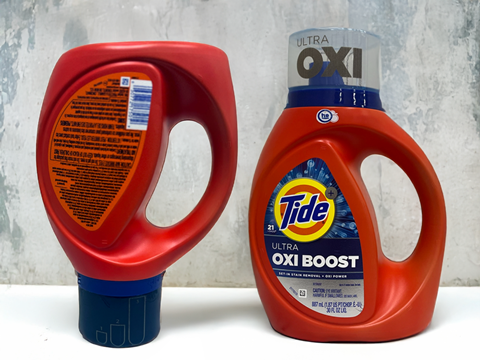
Procter & Gamble and LasX Industries have applied their laser marking technology to bottle caps for Tide Ultra OXI Boost laundry detergent – aiming to preserve its mono-material design while clarifying product dosing levels.
First announced in 2024, the LaserSharp Marking technology synchronizes laser motion and pulses ‘several million times per second’. According to LasX, this unlocks consistent and high-quality results at high production speeds, as well as design flexibility – even in difficult-to-reach areas.
Digital configuration is expected to help customers respond quickly to changes in text and graphics, while the permanent surface marking approach is said to offer high resolution and legibility.
Since the approach does not require shrink label materials, pressure-sensitive adhesives, or other external additions, it is thought to enable users to maintain their mono-material designs. This is also set to reduce waste and help brands meet their sustainability targets.
Now the joint laser marking technology is being scaled for use on a fully automated machine in a 24/7 production process, applying laser markings directly to mono-polypropylene caps.
Procter & Gamble and LasX have worked together for four years to replace the traditional, injection-moulded dosing bars on their laundry caps with digitally configured laser markings. This is expected to clearly signpost the appropriate liquid dosing levels while unlocking more marketing space on the cap, allowing P&G to print more messaging directly onto the product.
“LaserSharp Marking delivers high-resolution, production-speed laser marking across large areas, making it easy to create bold, customized graphics with minimal setup and effortless changeover,” said Tom Weigman, VP of Technology at LasX.
The new Tide Ultra OXI Boost are now available on supermarket shelves.
Late last year, Videojet Technologies announced its own development in the laser marking space: the 7920 UV laser marking system. This easy-to-use machine is expected to improve flexibility and reliability in coding operations for the consumer packaged goods sector, among others.
Westfalia Fruit also sought to save up to 10 million plastic price look-up stickers annually by laser-etching product information directly onto the skin of its mangoes. Apparently, this process does not compromise product quality or shelf life.
Since then, Domino Printing Sciences has unveiled its Dx-Series range of CO2 laser coders. These are anticipated to unlock fast, flexible coding for substrates like paper, carton, glass, various types of films, and plastic blister packaging.
If you liked this story, you might also enjoy:
The ultimate guide to the Packaging and Packaging Waste Regulation in 2025
How are the top brands progressing on packaging sustainability?
Everything you need to know about global packaging sustainability regulation in 2025
The key to increasing the use of reusable packaging in supermarkets

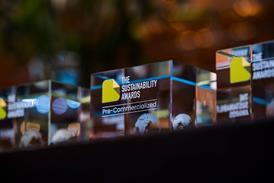
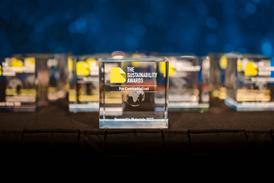
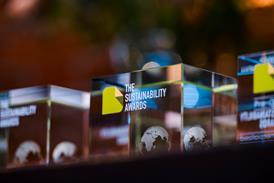
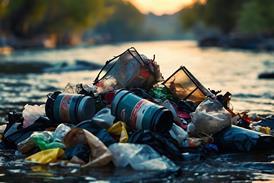
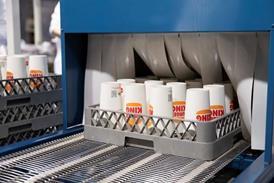















No comments yet